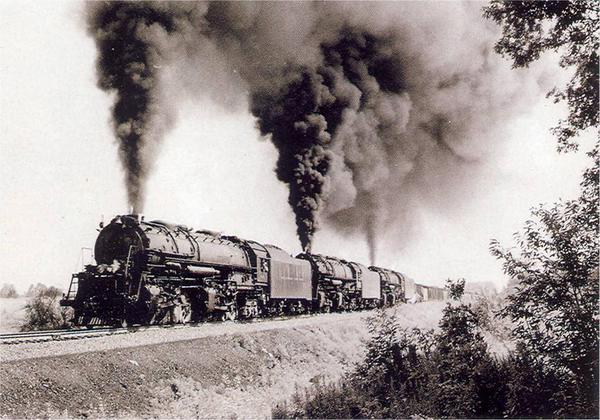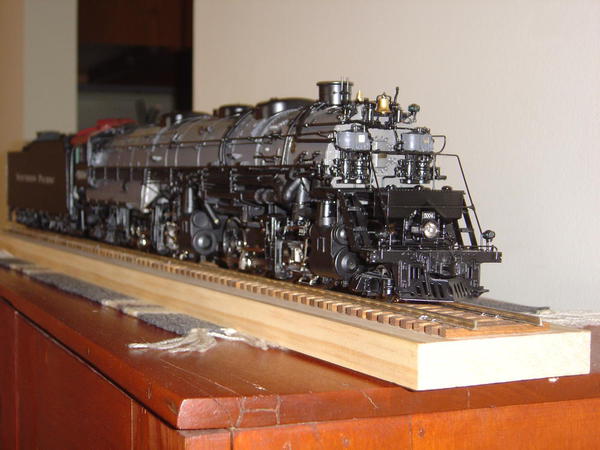I should have added that the B&O had the steepest mainline grade in the east. DRGW was steeper. I thought Southern's Saluda was 4.7%, not 5.7%. The PRR had Madison Hill that exceeded 5%, but it was on a branch.
The DBHP that I estimated for the EM-1 was at 25 mph. The peak drawbar HP most likely occurred at a slightly higher speed, perhaps as high as 35 mph where the drawbar HP would have been higher than my calculation.
Lee-I beg to disagree re estimating locomotive power and performance. The basis for this rigorous exercise is based on the Davis locomotive and train resistance data and curves. Both major diesel manufacturer and the previous big three steam locomotive manufacturers, as well as the railroads, have used this information, with updates, since the 1920's. The data has been confirmed with dynamometer car tests, and these tests correlate well with the originally developed curves. As you know, physics don't lie.....assuming the data is correct and accurate. It seems to me that a locomotive's established tonnage rating over a division is just that. What a locomotive will actually do day in and day out...perhaps not its maximum, but what the RR could count on with perhaps a slight safety margin.
With my posts I was trying to transmit information, not an argument.....
















